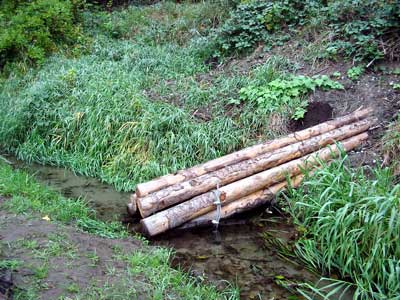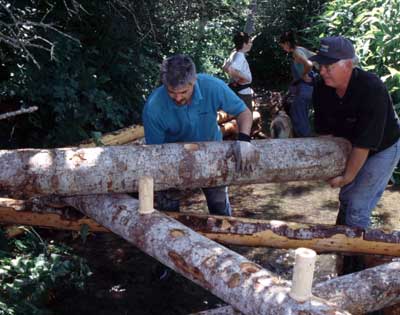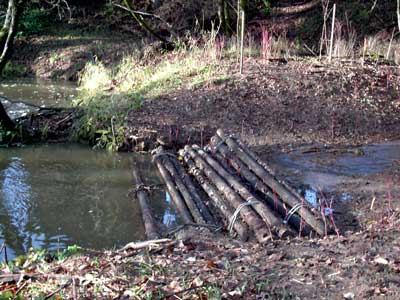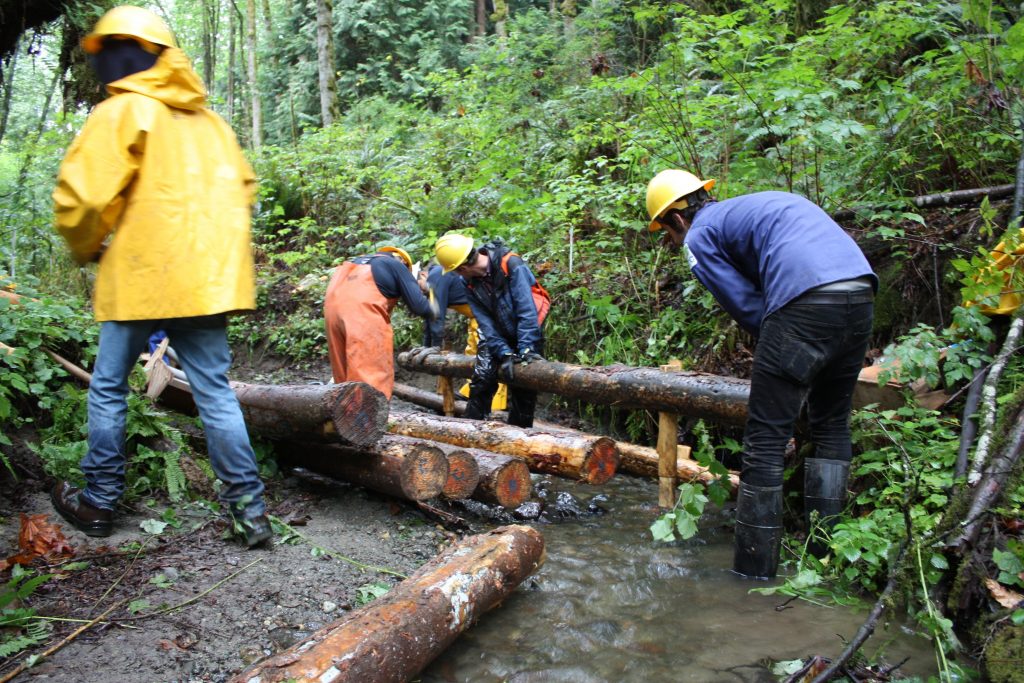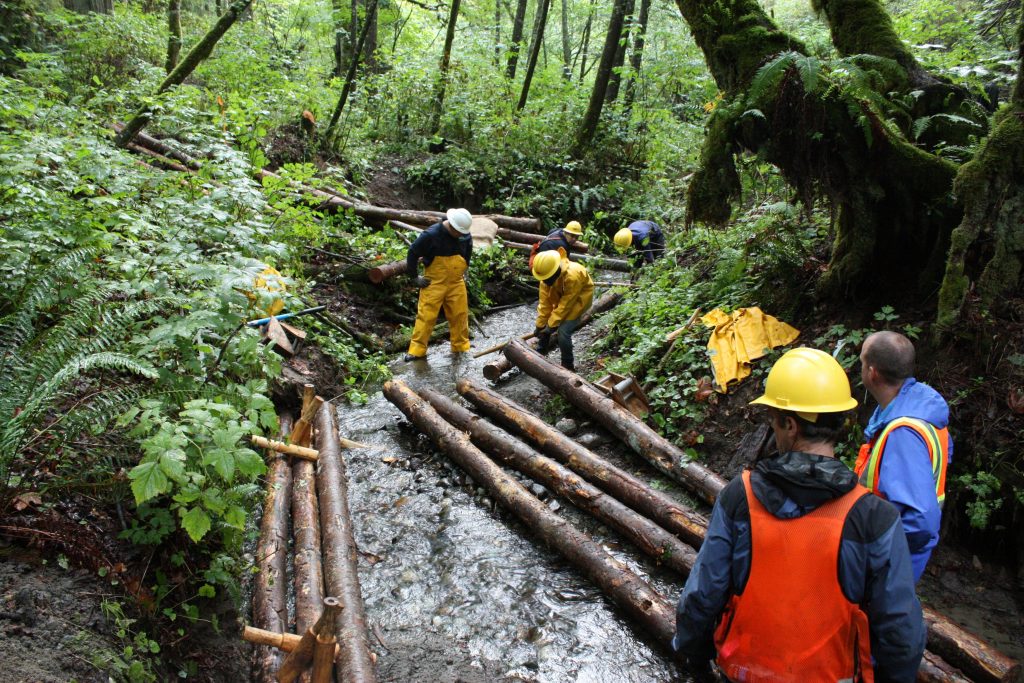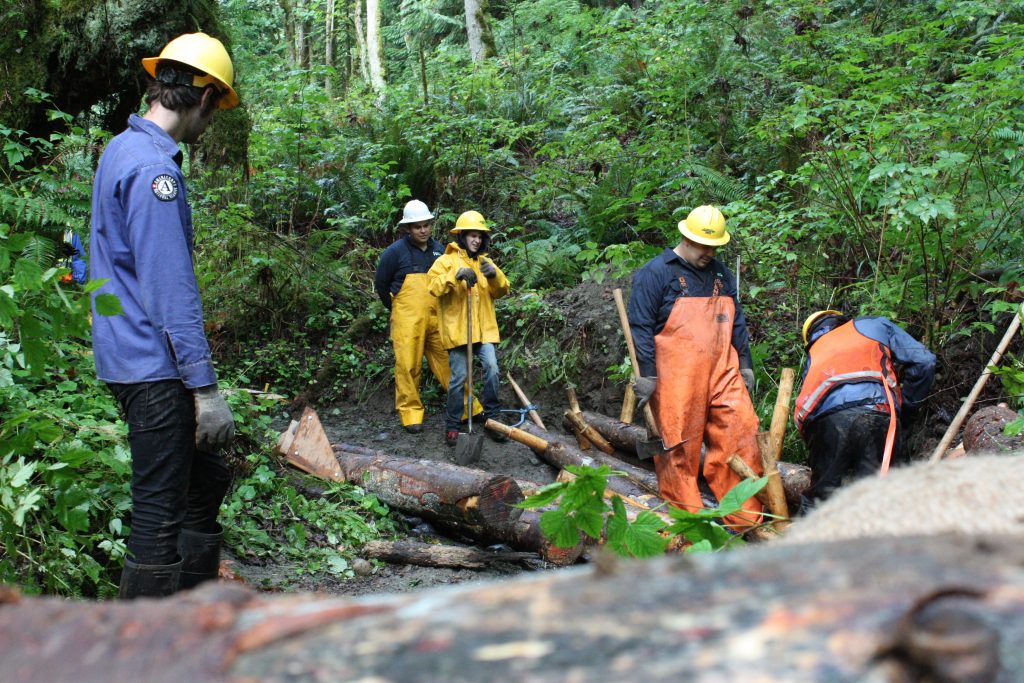Technical Products from Small Diameter Timber for Habitat Enhancement and Watershed Restoration
Abstract An under-appreciated outlet for small diameter roundwood is in watershed restoration, environmental, and habitat enhancement programs. Over $2 billion is spent in North America on habitat enhancement and watershed restoration each year. Of that amount, our estimate is that approximately $300 million is spent on materials that could be made from small diameter timber. […]

